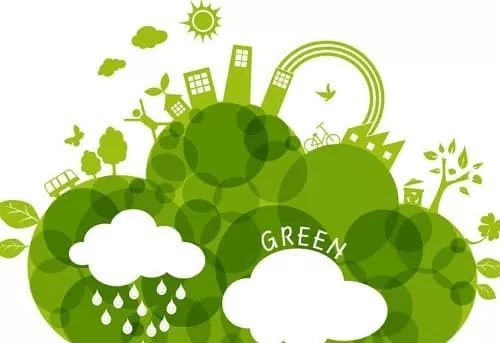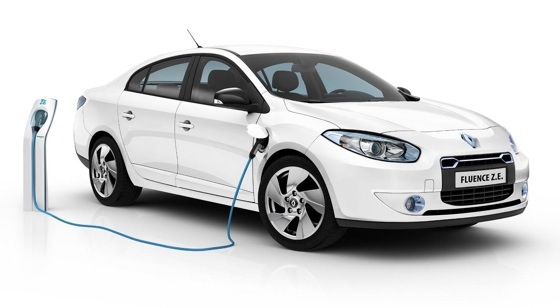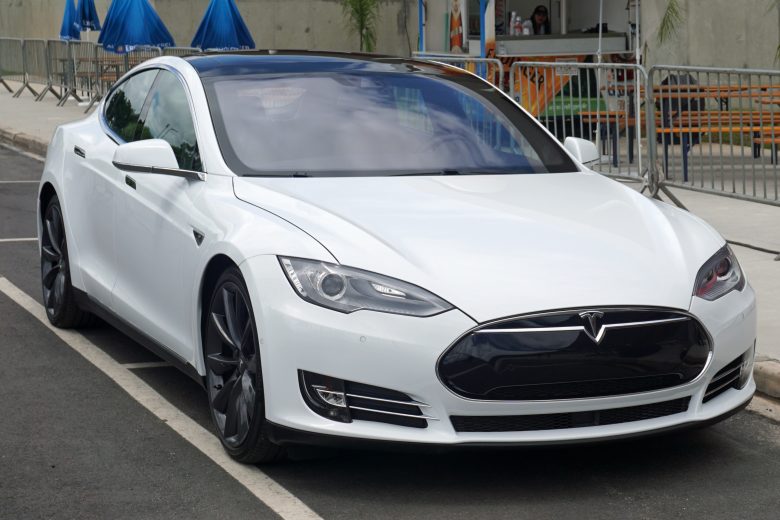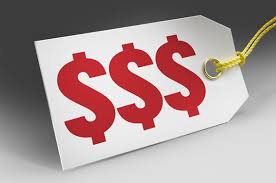Climate change is the primary concern of voters in this federal election, which has prompted major political parties to take action. The following are the policies of the Alliance Party, the Labor Party and the Green Party on issues such as emission reduction, electric vehicles and electricity prices.

Emission reduction
Union party
– Reduce emissions by 26-28% by 2030
-20 billion Australian Dollar Climate Solution Fund
– 1.4 billion Australian dollars invested in Snow Mountain Hydropower 2.0
– Use of the excess completion under the Kyoto Protocol to partially offset the requirements of the Paris Agreement
Labour Party
– Reduce emissions by 45% by 2030
– An additional $1.5 billion to Clean Energy Finance
– Reduce the pollution ceiling of 250 companies
– Do not use the excess portion of the Kyoto Protocol to offset the requirements of the Paris Agreement
Green party
– Introducing carbon prices
Shut down coal-fired power stations by -2030
End coal export by -2030
The Alliance has tried to reverse its image through two major policies because it has long been criticized for inaction on climate change.
First, invest 2 billion in a subsidized carbon reduction project in the Albert era – mainly in the agriculture and land sectors.
In the same week, Morrison approved the next phase of the NSW Snow Mountain Hydropower 2.0 project and provided up to A$1.4 billion in funding for the expansion, with an aim to increase 2,000 megawatts of energy and provide 175 hours of storage. Therefore, the Prime Minister is confident that the coalition party will “slowly” achieve the 26-28% reduction target, although the government’s own data shows that this is not the case. The Labour Party has a more ambitious emission reduction target, especially in the absence of plans to use the emissions credits of the Kyoto Protocol to be abandoned. The Labor Party pledged $15 billion to the Clean Energy Finance Corporation to fund renewable energy projects and reduce the pollution ceiling of 250 of Australia’s largest emitters. Under the policy, these companies will be able to purchase and sell carbon credits to other countries. The Green Party opposed the use of international emission credits and said that the Labor Party and the Alliance Party’s plans were not enough. Small parties that may be influential, especially in the Senate, are pushing for the end of coal exports and the closure of coal-fired power stations by 2030.

electric car

Union party
– By 2030, sales of electric vehicles will account for 25-50%
– No vehicle emission standards
Labour Party
– By 2030, sales of electric vehicles will account for 50%
– Introducing vehicle emission standards
– Corporate tax credit for purchasing electric vehicles
Green party
– Established a new agency, Renew Australia
– Establishment of state-owned energy retail company
Although the attitude of the main political parties on electric vehicles is not the same, the government has already seized this problem.
Morrison said the Labor Party plans to increase electric vehicles to 50% of new car sales by 2030 as a “weekend war,” although department officials told the assessment hearing that the government’s target is 25% to 50%.
As the debate fell into hysteria, government minister Michaelia Cash promised to stand with the craftsmen and “save their pickups”.
A key difference is the position of the parties on vehicle emission standards, and the Labour Party plans to gradually achieve the standard of 105 grams of carbon dioxide per kilometer for light vehicles.
The coalition party said it would raise the price of the new car by 5,000 Australian dollars, calling it a car tax.
Due to the loss of revenue from the reduction in fuel consumption tax, it is estimated that meeting the electric vehicle target requires a budget of A$1 billion.
The Greens also want to introduce vehicle emission standards and tax on luxury cars, which will be used to compensate for the elimination of taxes on electric vehicles.
Energy price
 Union party
Union party
– Savings for the electricity fee of AUD 75-125 for the benefit recipient
– “big stick” legislation to prevent misconduct in the energy market
– Funding new power generation projects
Labour Party
– Support national energy security
-A$200 million battery rebate program
– no longer funding new coal-fired power plants
Green party
– Established a new agency, Renew Australia
– Establishment of state-owned energy retail company
Most of the debate about climate change is related to concerns about rising electricity prices. In particular, the National Party put pressure on the Liberal Party partners to establish a new coal-fired power station in central Queensland.
Morrison announced a list of 12 new energy power generation projects aimed at promoting competition in the electricity market, and also promised a feasibility study to reopen the coal-fired power station in Collinsvale.
The government argues that the Labor Party’s climate change policy will exclude taxpayers who support coal, which will push up electricity prices.
The government also provides a one-time discount on electricity bills for welfare recipients. Payments will be made to the recipient of the unemployment benefit in the post-budget decision to obtain support from the Labour Party for the measure.
However, without the anti-coal amendment, the government cannot allow the parliament to support its “big stick” legislation to combat the abuse of the electricity market.
If the Labour Party is elected, families earning less than $180,000 will receive a rebate of up to AU$2,000 to install the battery system.
The Greens proposed setting up a government-owned power retailer to provide cheaper electricity.
reference:
https://www.sbs.com.au/news/vote-2019-where-the-major-parties-stand-on-climate-change
